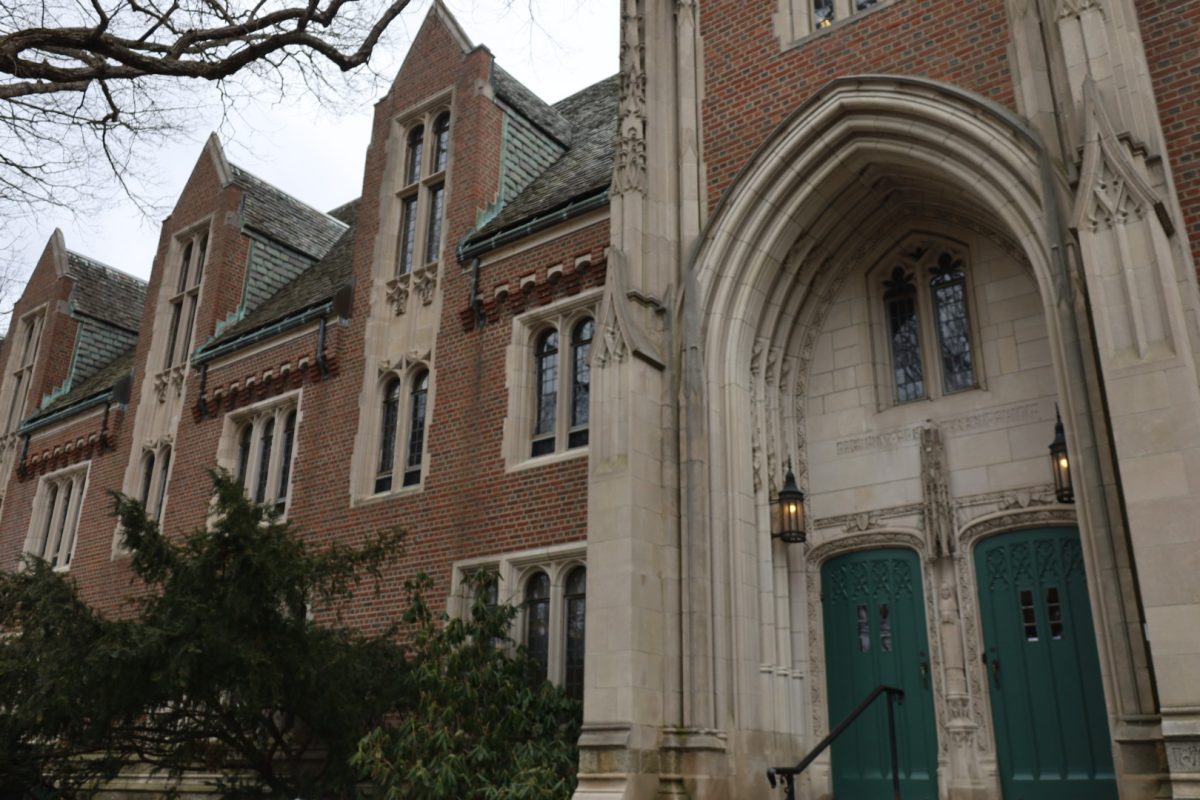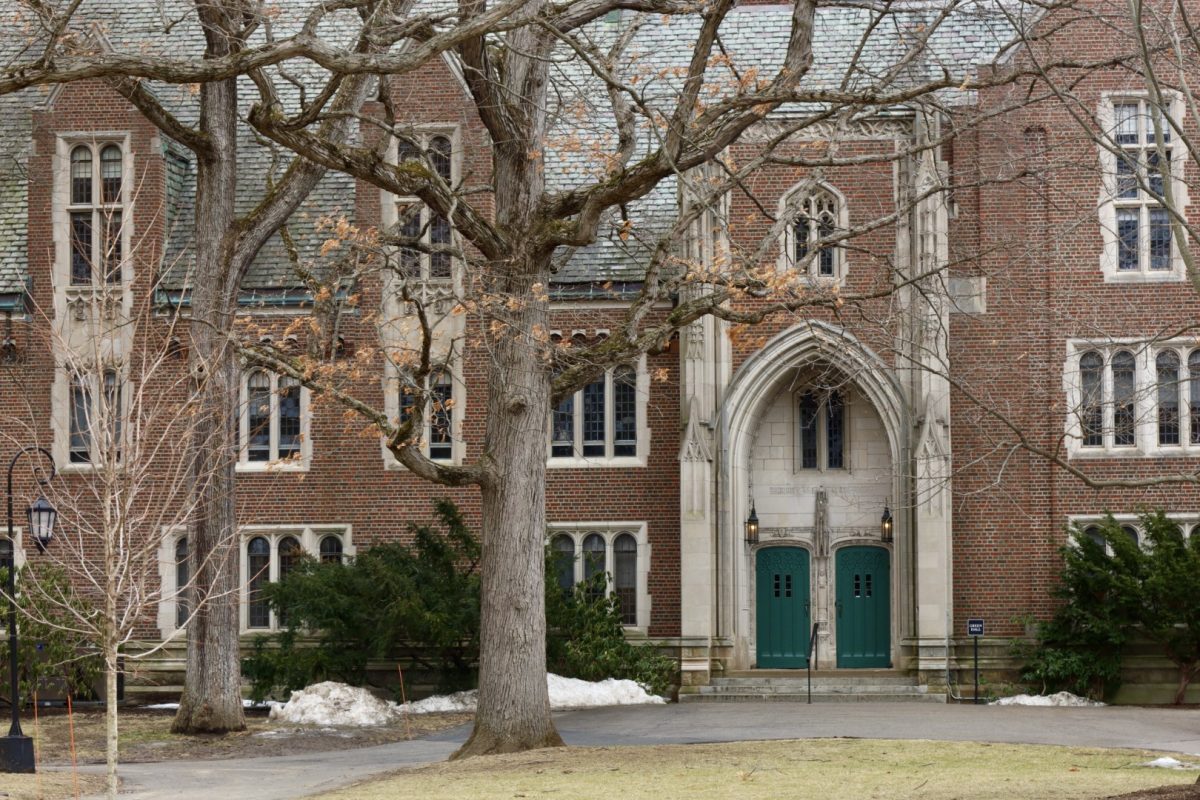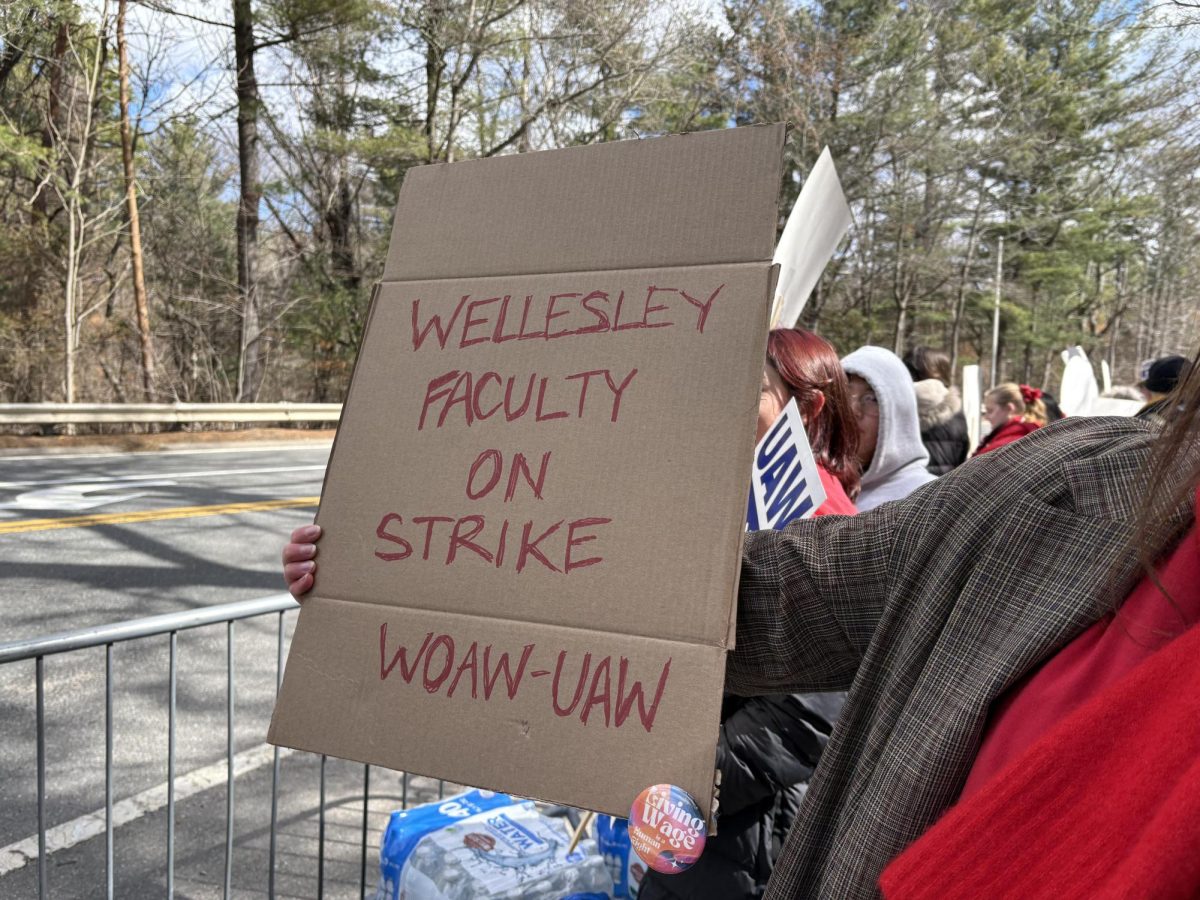On the way back from a trip to Salem, MA, Amelie Washington ’25 planned on using the Senate Bus to get back to campus from Boston. When the bus arrived, there were approximately 20 more students waiting at the stop than the bus had room for. With the next train on the commuter rail not arriving for another hour, the students left behind had to make other arrangements to return to campus. Washington, who was separated from the group she traveled with, was approached by another Wellesley student who suggested calling an Uber and splitting the fare. “Even though we split the cost, it was still $20 per student as opposed to the $3 cost of taking the Senate bus,” Washington explained.
In December 2020, an ES/ECON 199 class dedicated to researching divestment options from Wellesley were tasked with finding more cost effective and environmentally friendly methods of transportation services for Wellesley College. This group of students, in tandem with faculty on the Sustainability Committee, compiled their findings in a report called “Meeting the Moment.” One of their recommendations, as written in this report, was to reduce the number of buses running. Wellesley did. However, the class also recommended that the College develop a system for “ensuring that excess ridership at peak times will not adversely affect access to Boston and Cambridge, particularly among students with limited financial means.” Students have yet to see this recommendation adopted.
One of the proposed (but not implemented) solutions was a seat reservation system for the bus, granting students enrolled in courses off-campus the ability to reserve seats for an entire semester. This would be similar to the reservation system implemented by the KSC and Butler Boathouse, and although the proposal could potentially circumvent the issue of unanticipated overcrowding on buses, the issue of access to Boston and Cambridge would remain unresolved as students have reported that not enough buses are running to transport all the students that are planning to go off-campus, especially during peak demand.
Peter Eastment, the Director of Faculty Housing & Transportation, broke down the changes in the bus schedule made at the beginning of the 2021 Fall semester.
“The revised schedule is a hybrid resulting from the vote of the student body and the ridership data analysis. Four Exchange Bus departures (early morning and late night) were eliminated on the Exchange schedule due to extremely low ridership.”
According to Sophie Wilson ’22, it seems as though more people are trying to take the bus this semester, possibly in response to the restrictions on off-campus travel placed on students last year. In previous years, she recalls that students would be allowed to sit on the floor of the bus when there were no seats left, so students could at least return to campus on the last bus. Wilson decided to contact College administration about this recurring issue.
“I emailed Peter Eastment, the director of Faculty Housing and Transportation telling him, ‘You should be sending out an extra bus for the last stop,’ but I received no response at all,” she reports.
When Ayana Hampton ’25 reached the Marlboro Market stop after thrifting with her friends, she was barely able to find a seat on the Senate Bus.
“When our bus reached [the Marlboro Market] bus stop there was only one seat left for a line of I’d say about 30 people trying to get on. Some of these people had been waiting in line since the last bus passed two hours prior,” she said.
According to Hampton, some people were even begging the bus driver to be let on the bus despite there being no more seats, which he was unable to allow due to safety protocols.
Eve Silfanus ’24, who rides the bus frequently for classes, said that although she has never been left at a stop, she has witnessed students being left at the Marlboro stop several times, usually during evenings on the weekend. Silfanus describes the process as “chaotic.”
“Who gets a seat,” she added, “[depends] on who is willing to push in. It doesn’t matter who comes first.”
In response to the issue of buses leaving students behind, Eastment explains that it is bound to happen as “there will be departures that occasionally fill leaving students unable to board a specific bus”; however, he states that his “experience has been that students become familiar with peak departures times and plan accordingly.”
At this time, the College has no further changes planned for the bus schedule. According to Eastment, the bus schedules, as well as the funding to support them are set for the academic year, but students are encouraged to reach out if they have any concerns or feedback.
Wilson believes that College-provided transportation is key in promoting more affordable and secure means of transportation. Students have reported that during peak driving hours, Uber fares can soar to over $100. Moreover, leaving students without a guarantee of transportation back to campus poses serious concerns for their safety, especially late at night.
Wilson noted, “On the Sunday before [Marathon Monday], the bus left around 25 people with the next bus arriving in 2 hours. They should’ve known more people were coming.”
Hampton shared the sentiment that the College should anticipate and prepare for increases in ridership during holidays or weekends. She said that limited access to transportation provided by Wellesley leads to students having to take on greater personal expenses and further precautions if they want to venture off-campus.
Mia Cadena ’25 expressed her conflicted feelings about College-provided transportation: “I’m glad that Wellesley provides a means of transportation to us, but they shouldn’t cut us short. Even if they claim that students are willing to take a security risk by going off-campus, this situation isn’t due to a lack of student responsibility.”






